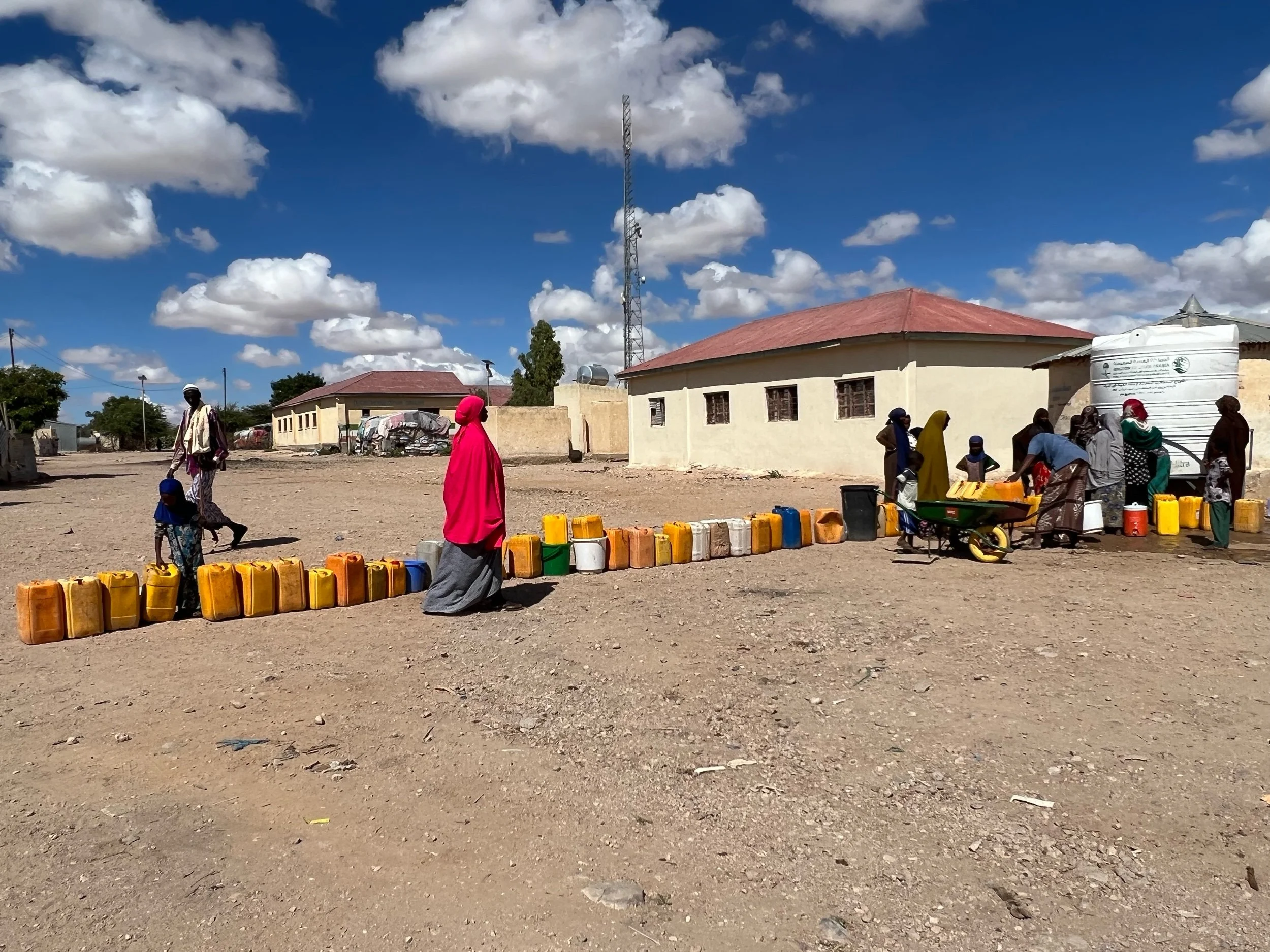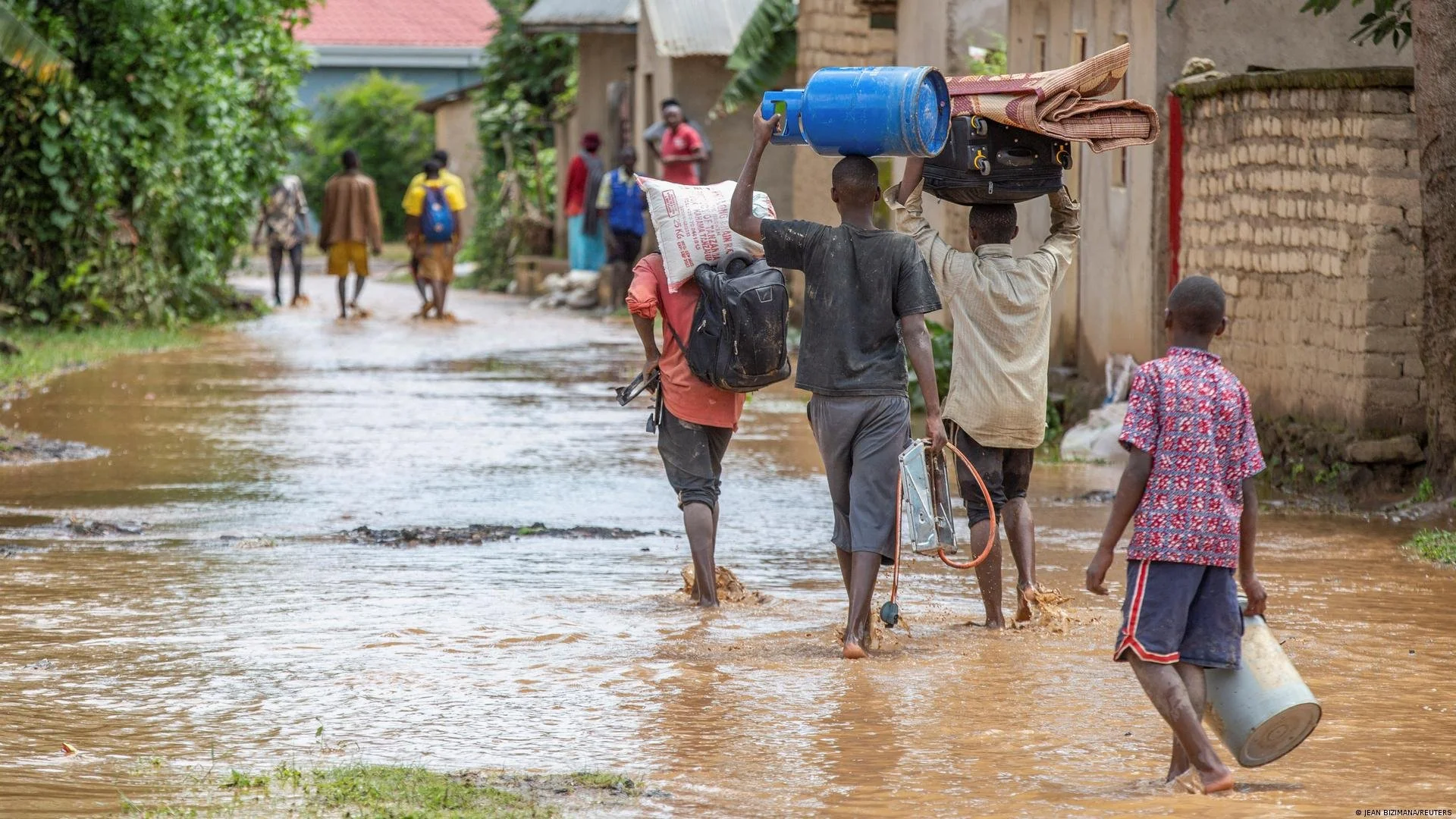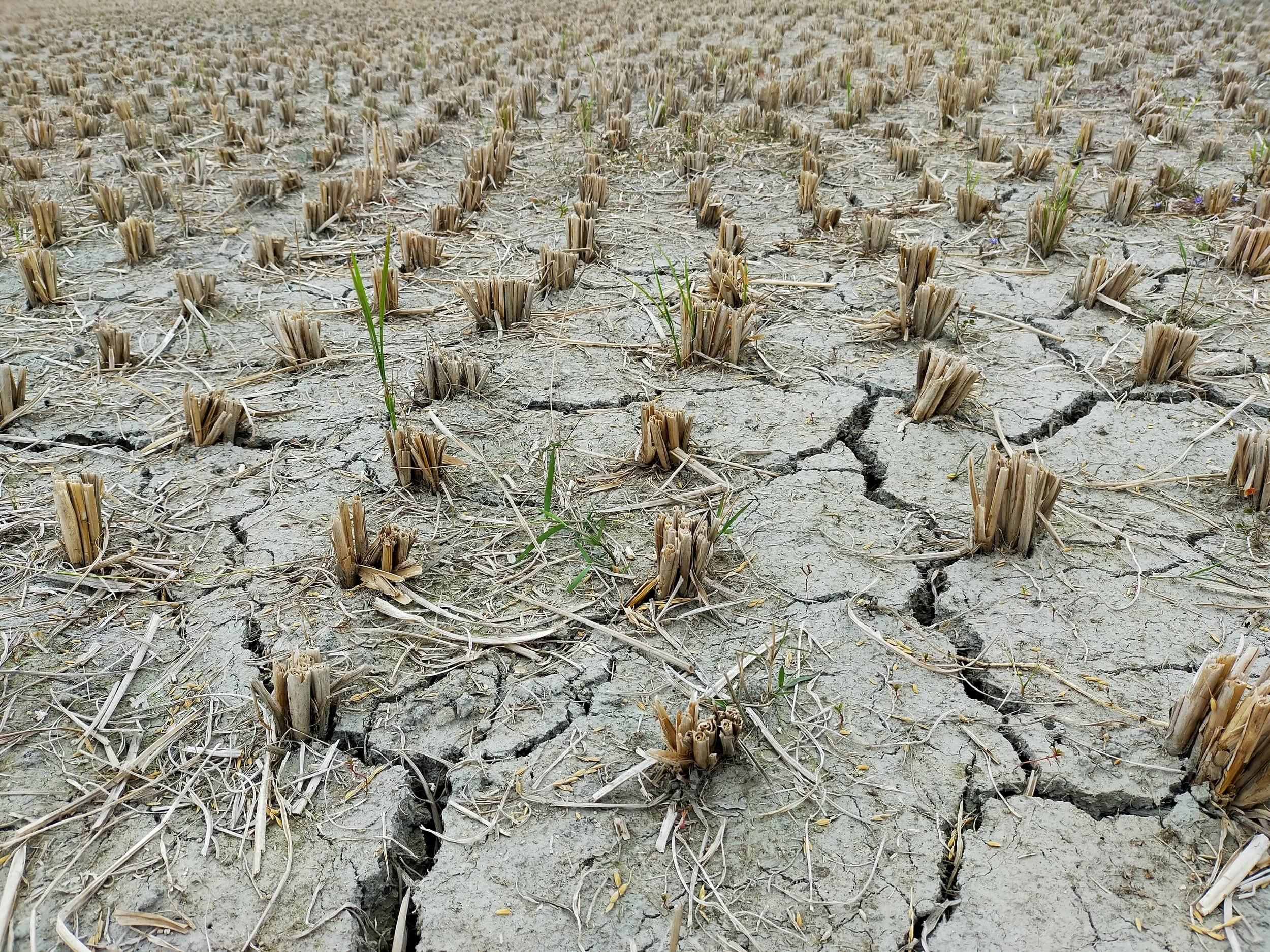In the weeks following the new Coronavirus deportation order, 20,000 asylum seekers were expelled without Coronavirus testing within an average of just 96 minutes of arriving at the border, effectively denying their rights to due process under the US Constitution and violating the most sacred cornerstone of international protection - the principle of non-refoulement - the prohibition against forcibly returning refugees or asylum-seekers to a country where they will face harm.
The government claims these emergency protocols are on the basis of public health - ours and the migrants - since the Coronavirus spreads so easily and thus it's imperative to reduce the number of migrants in detention cells. Of course, I can’t help but wonder if the government considered closing the detention cells all together in the name of public health, like some countries did, and if not that humane gesture, then perhaps ensuring the utmost public safety of the migrants in detention?
When Asylum is a Choice Between Life and Death
The 38,000 already detained in the US are denied just as many rights: the right to be free from detention, punishment for seeking asylum, the right to health and in the first case of a Salvadoran man who died from COVID-19 while in detention, the right to life. A second man, a Guatemalan detainee, died in May
A distress signal written in soap on a detention window simply read “HELP US.” Disputes linger over what spurred violence to erupt on May 1 at the center in Massachusetts, but there’s no denying it was over Coronavirus testing.
Conditions in detention centers are clearly conducive to the spread of disease. Immigration and Customs Enforcement (ICE) detainee transfers between states has led to COVID-19 outbreaks in at least 5 states. In Florida, increased cases inside three south Florida detention centers led one Miami federal judge to order ICE to disclose data on whether the government’s practice of frequent detainee transfers between facilities led to the spike.
An ICE detention center in California has been accused of using a harsh COVID-19 disinfectant over 50 times a day, causing several detainees to fall sick. ICE detainees have been forced to go on hunger strikes for soap, sanitary supplies and lack of protection against COVID-19.
Detainees have been denied adequate masks, sanitation and gloves, threatened with pepper spray for demanding their right to personal protective equipment and even reprisals for going public. A lawsuit filed on behalf of asylum-seekers in Phoenix alleges shocking unsanitary conditions and treatment with detainees in inadequate personal protective equipment forced to clean a COVID-infected facility. More than two dozen lawsuits have now been filed in federal court, demanding the release of detainees at heightened risk to COVID-19.
COVID Deportations
More than 1,300 detainees in 54 facilities in ICE custody are now COVID-19 positive. That’s half of the 2,600 detainees tested as of May 28. However ICE’s own accounts admit that infected detainees may not still be in its custody, which makes sense since the United States continues to deport migrants and asylum-seekers from its borders.
On May 11, a deportation flight from Texas to Haiti departed with 50 passengers who were sent to hotels for quarantine upon arrival in Port-au-Prince at the Haitian government’s expense, although the country has only four medical centers and 200 beds to treat COVID-19. However, ICE did not deport five Haitians who tested positive for COVID-19 on that flight only after media reports revealed US government plans to initially deport them as well.
Deporting individuals who are known to be infected with the virus violates US and international public health guidelines to prevent the spread of the virus. The sheer cruelty and irresponsibility of these actions prompted 27 members of the US Congress and 164 human rights organizations to urge the Trump administration to halt the Haitian deportations. Since April deportations, three Haitians have tested positive for COVID-19 upon arrival in Haiti.
In Guatemala, over 15% of its caseload comprise US deportees, where at least 119 deportees from the US have now tested positive. On a May 13 flight, 16 Guatemalan deportees tested positive for COVID-19. Guatemala first suspended deportations from the US but then allowed them to resume after the US promised stringent testing. However after that, a deportee who tested negative was confirmed COVID-19 positive upon arrival in Guatemala.
Swift Air, one of ICE’s major subcontractor airlines has made numerous flights between the US and Latin America, including Brazil and Ecuador, where there are major COVID case spikes, and to Mexico and a majority to El Salvador, Guatemala and Honduras, and researchers tracking these deportations conclude that ICE has deported many infected persons to countries unprepared for a pandemic.






































